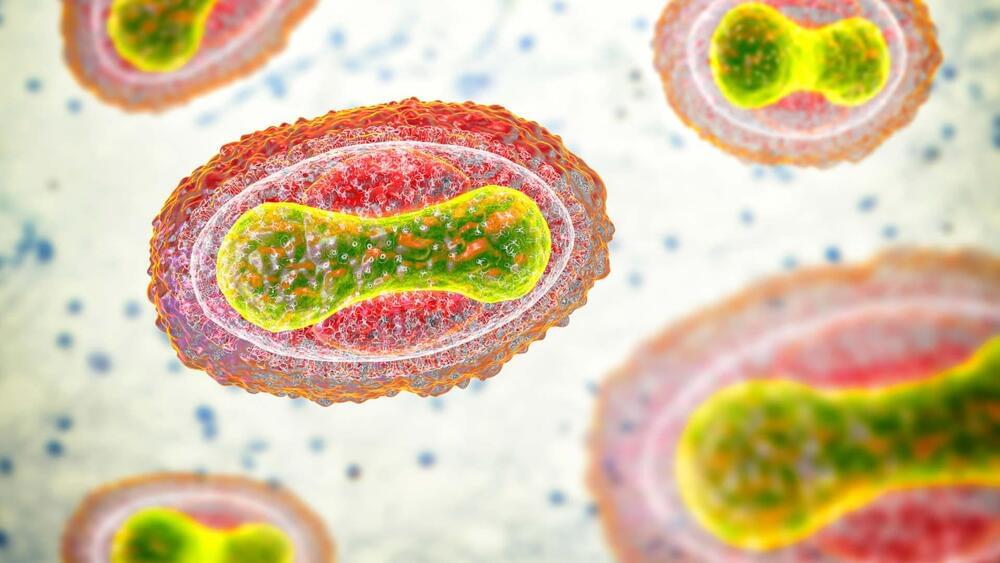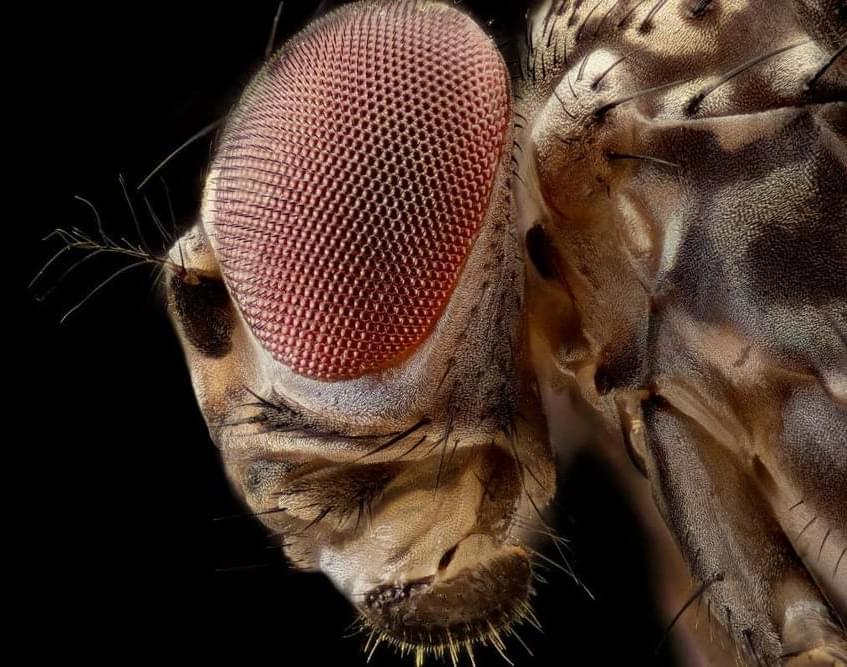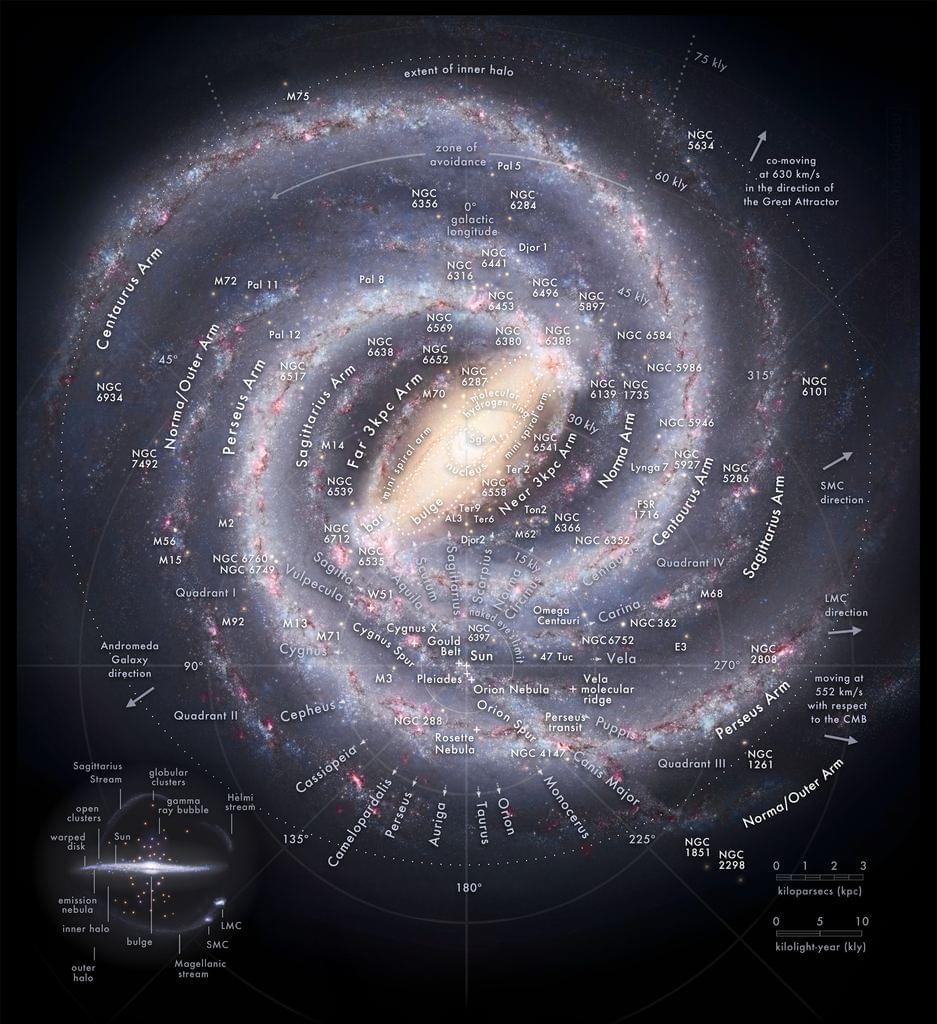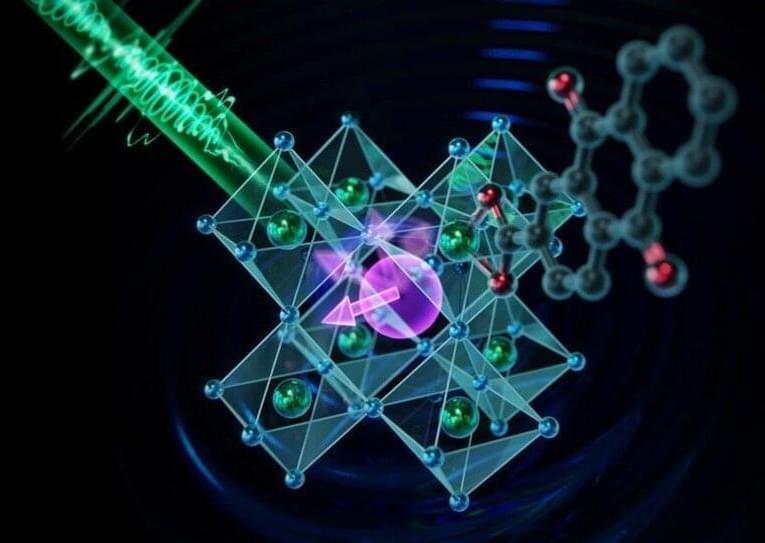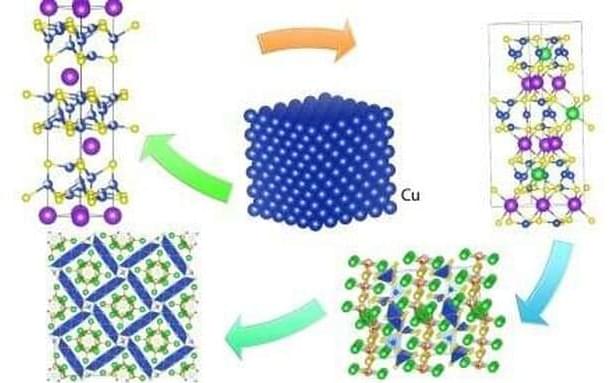Dec 29, 2022
A Startup Has Begun Releasing Chemicals Into the Stratosphere
Posted by Shubham Ghosh Roy in categories: chemistry, climatology, engineering, particle physics, sustainability
Recently, a start-up company called Make Sunsets has begun releasing chemicals into the stratosphere as a form of geoengineering that is intended to help climate change. However, many are very hesitant about the startup and the result of what they are doing.
For perspective, geoengineering is when chemical particles are released into the stratosphere to manipulate the weather or climate. The theory is that when sulfur is released into the atmosphere that it mimics a natural process that occurs after volcanoes and that by doing this intentionally, we could ease global warming.
While it isn’t difficult to do this, it is very controversial. The reason for this is that it could potentially have dangerous side effects. Additionally, because some regions could endure worse side effects, it could cause issues across international lines.


